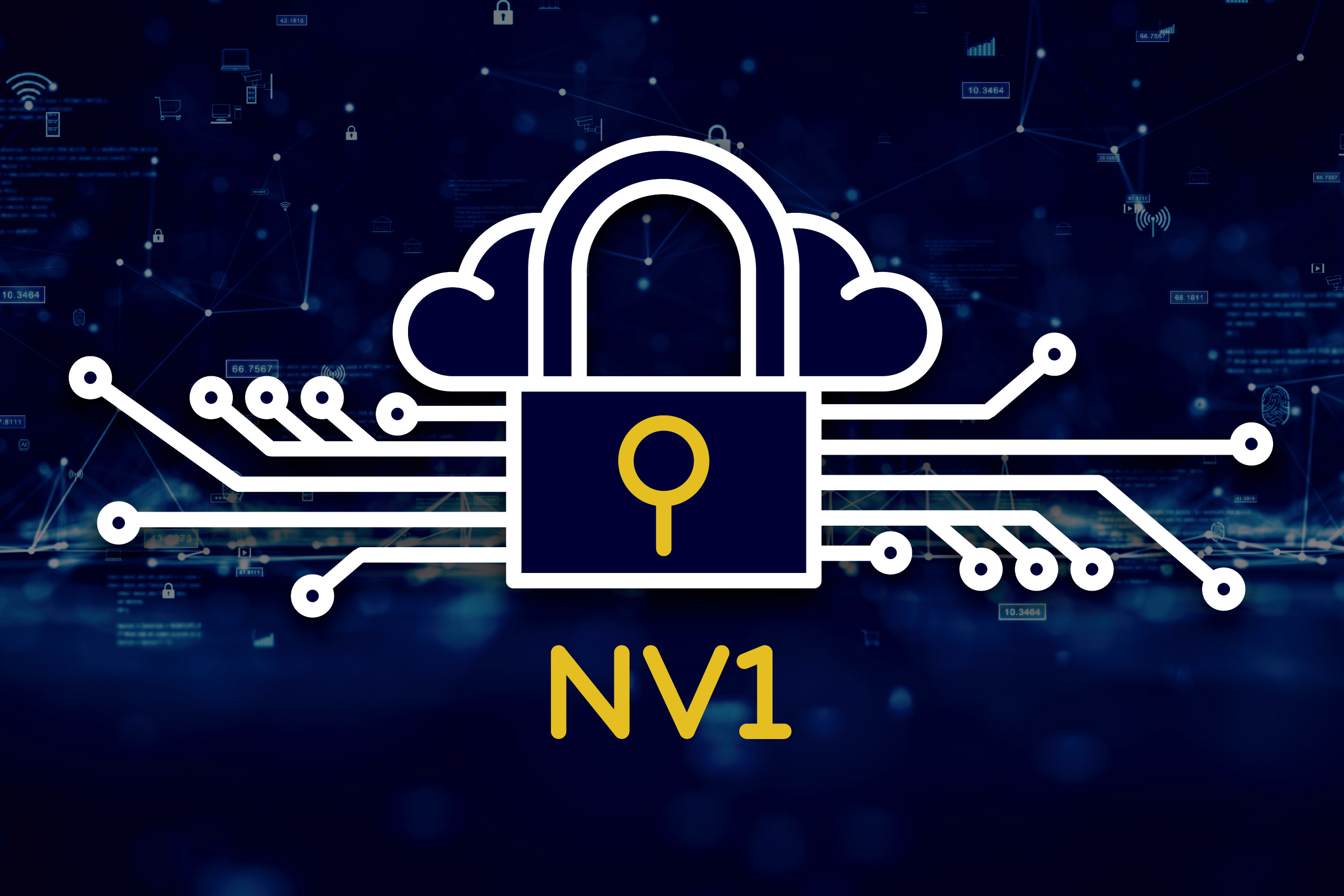Critical infrastructure provides services that are essential for everyday life. Secure and resilient infrastructure supports productivity and helps to drive the business activity that underpins economic growth. A disruption to critical infrastructure could have serious implications for business, governments, and the community, impacting supply security and service continuity.
The Critical Infrastructure Resilience Strategy defines critical infrastructure as:
Those physical facilities, supply chains, information technologies and communication networks, which if destroyed, degraded, or rendered unavailable for an extended period, would significantly impact the social or economic wellbeing of the nation, or affect Australia’s ability to conduct national defence and ensure national security.
In a world of increased cyber-connectivity, critical infrastructure is becoming more complex and reliant on networks of connected devices. Just decades ago, critical infrastructure operated in isolation. Now they are far more interconnected, both in terms of geography and across sectors. Unsurprisingly, the vulnerability of critical infrastructure to cyber-attacks and technical failures has become a big concern.
While gold standard cybersecurity has traditionally been the focus of core industries such as defence, energy, telecommunications, or transport, safeguarding information technology and operational technology is now a whole of government challenge. A weakness is one area causes vulnerability throughout.
In most enterprises, network-level infrastructure security consumes the bulk of resources in an infrastructure security program. Network infrastructure is complex, and the network level is generally considered the largest and most vulnerable of the enterprise when it comes to security risk because it is typically composed of a vast number of hardware and software components. As such, it is in the network infrastructure where an enterprise must maintain the highest level of diligence.
Finding the right network infrastructure solutions partner is critical to success and safety. They must hold the right credentials and be capable of delivering at gold standard. For critical infrastructure industries and government departments, suppliers must be vetted and have as a minimum, a Negative Vetting Level 1 (NV1) clearance – permitting ongoing access to restricted, protected, highly protected, confidential and secret information and assets. The vetting process confirms that the staff within an organisation demonstrate the appropriate level of skill, integrity and character to protect Australian Government resources. A clearance that offers inherent peace of mind for any enterprise serious about cybersecurity, wanting the best people working on their infrastructure.
For the last 40 years, we’ve set the benchmark when it comes to delivering premium network solutions. The quality of our service offering is all due to the experience and standards of our people, a ‘gold standard’ of service recognised and endorsed by our NV1 security clearances.
Interested in improving your company’s cybersecurity protocols with NV1 personnel working on your projects? Reach out to our team for a confidential discussion.

